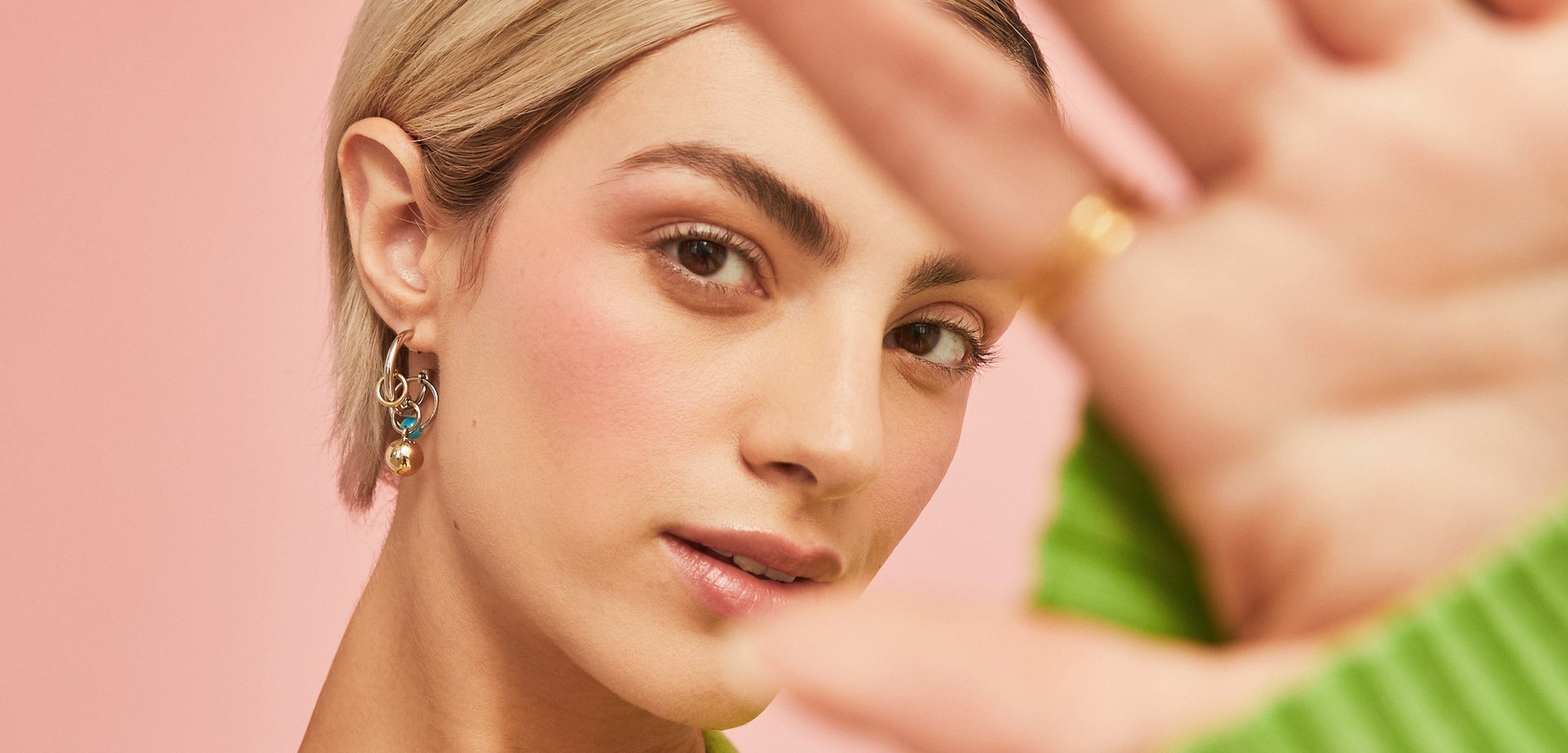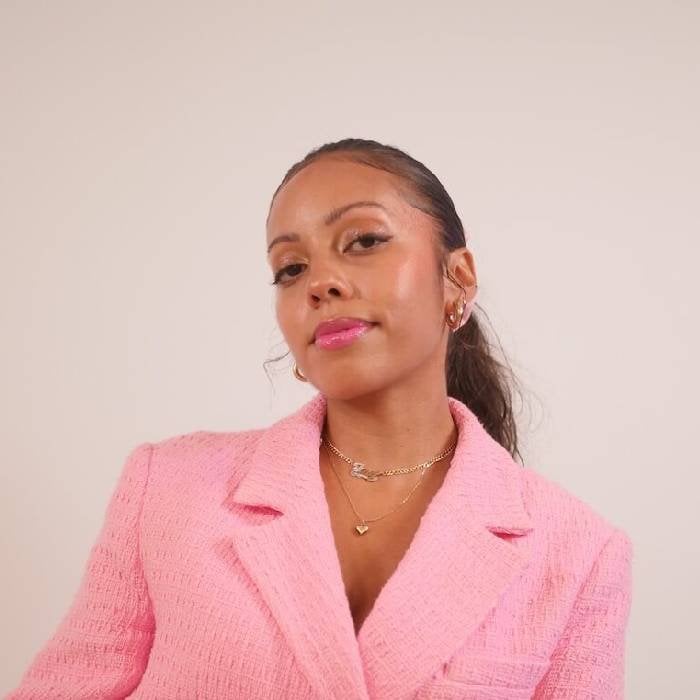The History of Chola Makeup, According to a Cosmetic Historian
October 29, 2021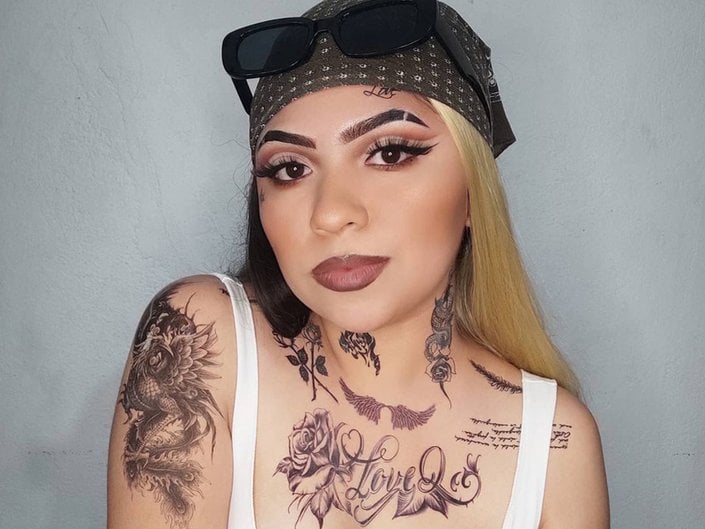
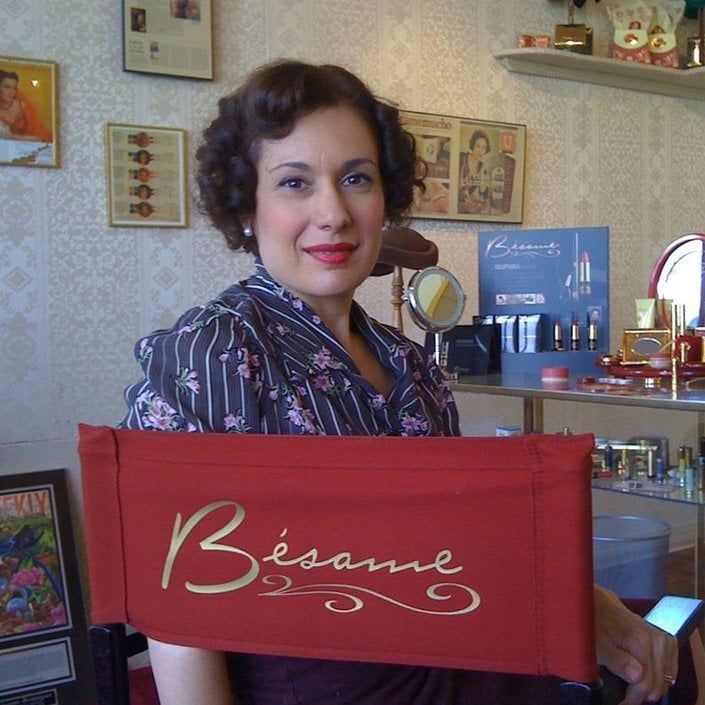
What popular makeup or skincare ingredients have specific roots to Latinx cultures?
It’s all about the skin — they use oils, masks and other things on their skin with exotic ingredients. And that’s the trend we see coming into view stateside. Clay masks have always been something that a lot of people from Latin cultures use in different ways.
And there are so many different types of clays, like the ever-so-popular Amazon clays. Caribbean cultures use clays on their hair and face made from avocado, all kinds of nut butters and more indigenous plants and fruit. Olive oils, apricot oils, avocado oils — there are so many natural oils from Latin America and the Caribbean that are having a moment as well.
How can we educate ourselves about Latinx beauty?
It's nice when you hear, for example, someone likes Frida Kahlo and they want to do the braids and flowers in their hair, which is great. But what do you know about Frida Kahlo? Find out about her. What did she stand for? Why is she important? Why should I care about it? Before you kind of take on the trend, find out what this person was really about and then interpret the trend however you want.
Get educated on the different cultures, and then choose what you're gonna do from an intelligent perspective. We have so many resources now — museums, online there's tons of information, and then there’s books like Beauty Stories from Around the World done in partnership with L'Oréal USA. Don't just take something without really knowing the history behind it because, at that point, it could be seen as appropriating because you really don't understand the culture. Widening your viewpoint is what it's all about — not just widening your look.
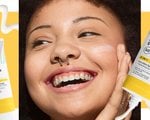
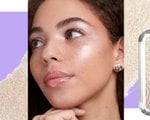
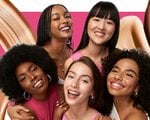


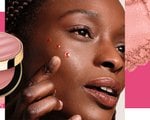
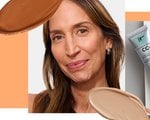


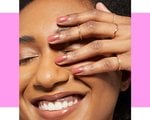
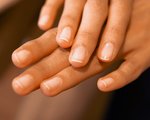
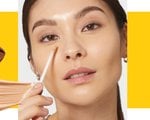

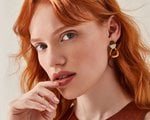
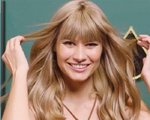
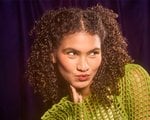

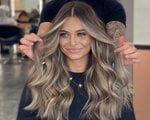
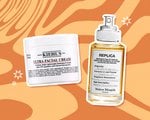
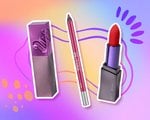

.jpg?cx=0.5&cy=0.5&cw=150&ch=120&blr=False&hash=27326E4FE66B0A2BFABAF4995DA29DC5)
